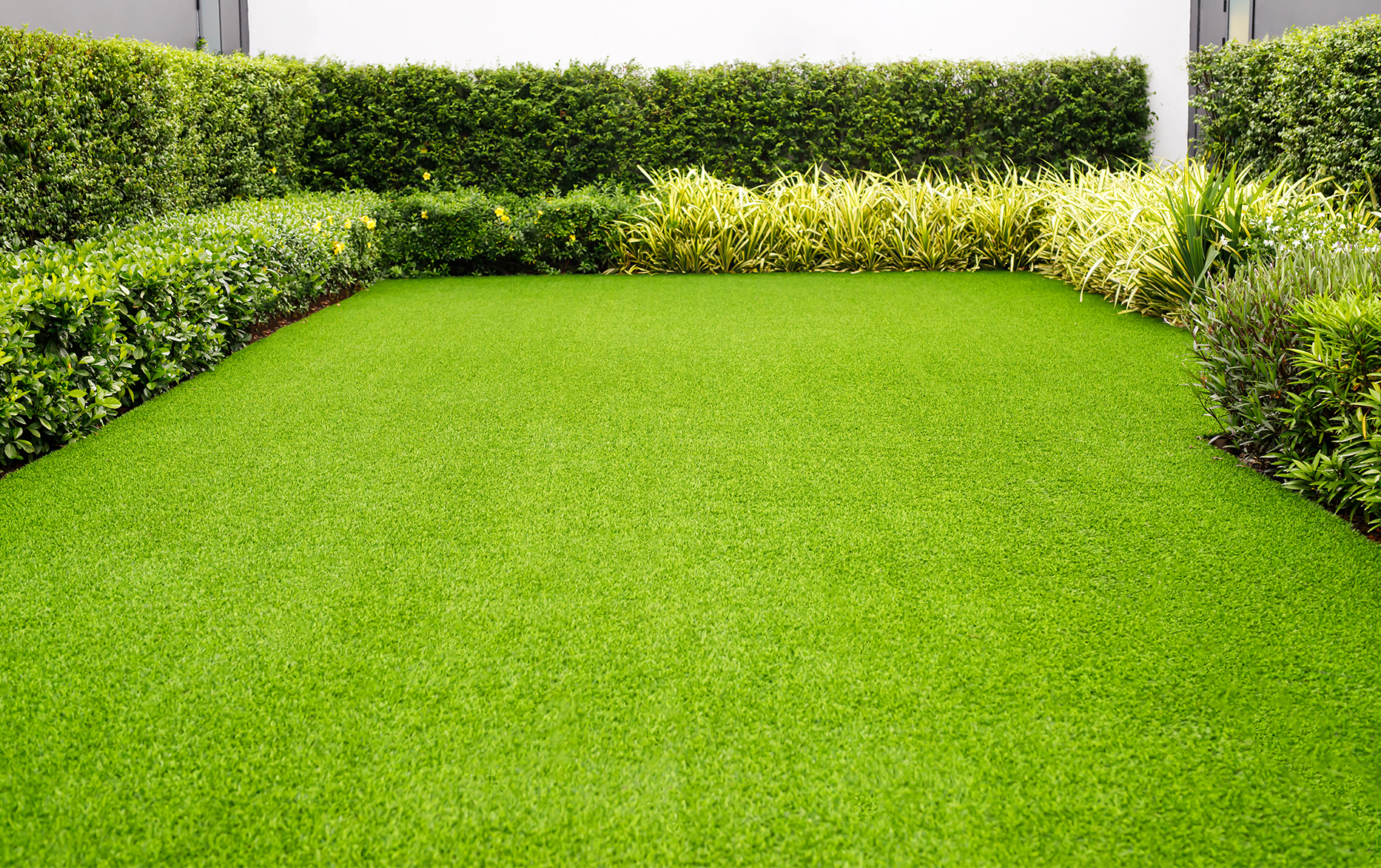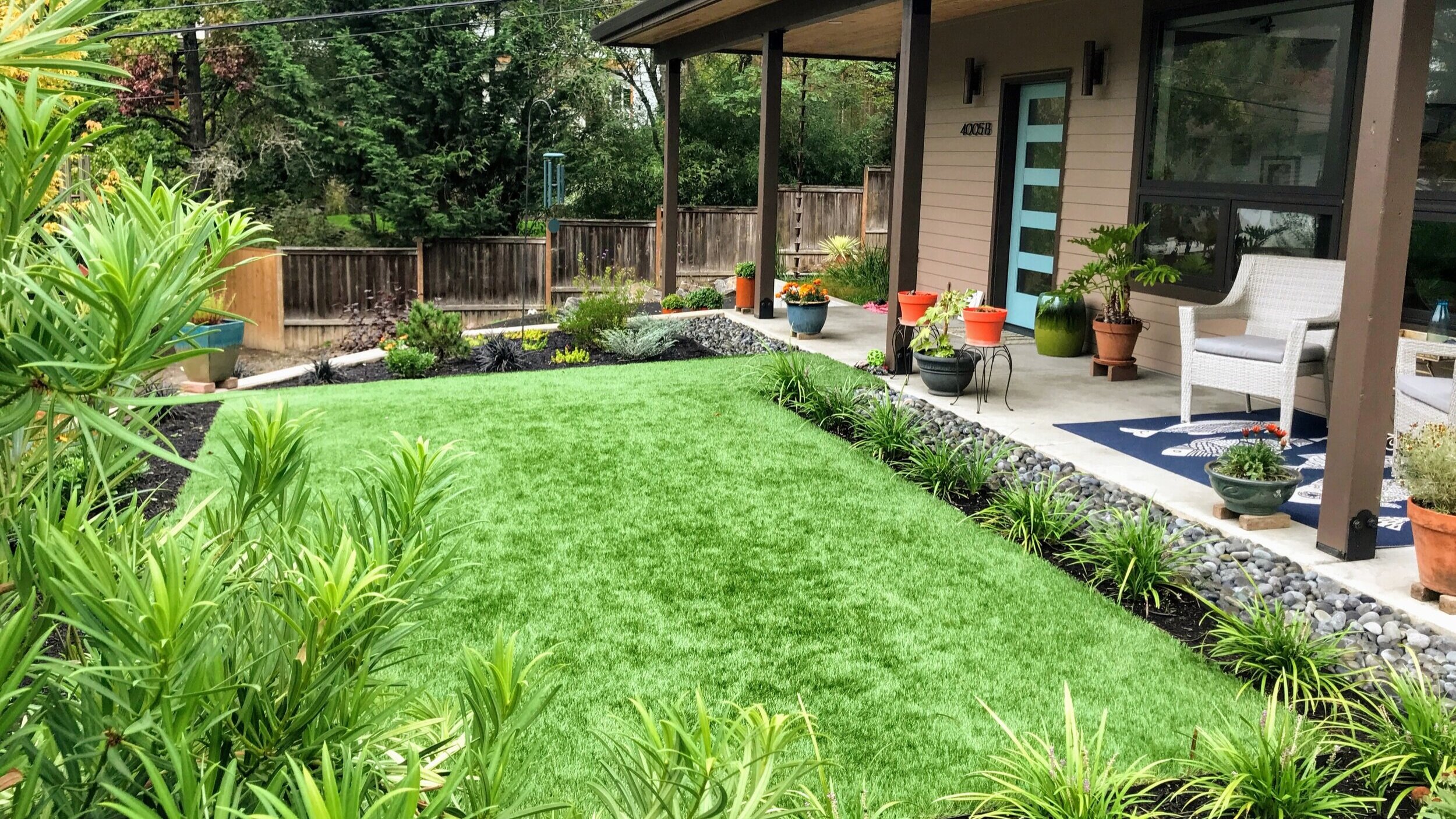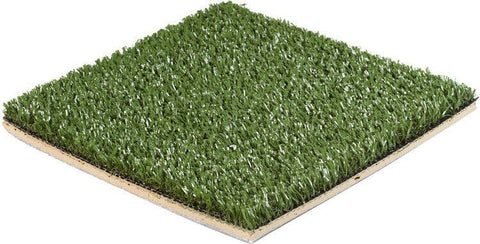Explore the Environmental Advantages of Opting for Artificial Grass Solutions
The adoption of synthetic grass solutions provides an engaging chance to address pressing environmental difficulties. By dramatically minimizing water usage and minimizing the application of damaging chemicals, these alternatives not only promote sustainable landscaping yet additionally secure regional communities. The lower carbon impact linked with reduced maintenance activities contributes to a more lasting strategy to land administration. Nonetheless, the implications of these benefits extend beyond plain preservation efforts, questioning regarding their lasting effect on environment conservation and total eco-friendly equilibrium. Discovering these dimensions discloses a complicated interaction worth taking into consideration.
Water Preservation Perks
Among the most substantial benefits of man-made lawn is its capability to save water. Standard yard yards call for significant irrigation, particularly in locations vulnerable to drought or water constraints. In contrast, synthetic grass does not need watering, substantially reducing the general need for water resources. This function is especially beneficial in deserts where water deficiency is a pushing concern.
By getting rid of the requirement for routine watering, fabricated turf adds to sustainable landscape methods and assists minimize the ecological effect of excessive water intake. The preservation of water prolongs to the decrease of drainage, which can lead to soil erosion and river air pollution.
Furthermore, the installment of fabricated turf allows districts and house owners to designate water sources a lot more effectively, concentrating on necessary usages such as drinking water and farming. The change in the direction of artificial turf not only advertises accountable water use however likewise straightens with broader environmental objectives focused on protecting natural deposits.
As communities progressively focus on sustainability, the water preservation benefits of synthetic grass offer a compelling instance for its adoption in industrial and residential landscape design tasks.
Reduced Chemical Use
The change to synthetic grass considerably lowers the reliance on chemical therapies commonly used in natural yard upkeep. Standard lawn management commonly includes the application of pesticides, fertilizers, and herbicides to promote growth and control insects. These chemicals can pose threats to human wellness, regional wild animals, and the atmosphere, adding to soil and water contamination.
In contrast, artificial turf removes the need for these unsafe compounds. By lessening the release of synthetic substances into the ecological community, artificial turf promotes much healthier dirt and water systems.
Additionally, the lack of chemical runoff related to fabricated grass installations helps shield neighborhood waterways from air pollution, supporting marine life and preserving biodiversity. Artificial turf companies phoenix. As neighborhoods increasingly prioritize sustainable practices, choosing synthetic grass provides a feasible option that lines up with environmental conservation objectives. Through this change, residential property owners can appreciate rich green areas without jeopardizing ecological health, leading the way for an extra lasting future
Reduced Carbon Impact

Moreover, the installation of synthetic turf can cause substantial water preservation. All-natural lawns require significant amounts of water for irrigation, which not only adds to the carbon footprint related to water extraction and therapy however also pressures neighborhood water sources. In contrast, synthetic grass requires minimal upkeep, calling for no watering, thereby significantly decreasing water usage and its linked energy expenses.
Furthermore, the durability of synthetic grass adds to its decreased carbon influence. With a life expectancy of up to 15 years or even more, the requirement for constant substitutes is lessened, resulting in much less waste and lower power intake in manufacturing and getting rid of standard lawn choices. In general, artificial grass presents a sustainable alternative for eco aware landscaping.
Environment Conservation
Environment conservation is an important consideration in the argument over landscape design choices, especially when comparing synthetic grass to natural lawn. All-natural grass yards frequently require considerable upkeep, including the use of pesticides, herbicides, and fertilizers, which can negatively influence neighborhood ecological communities. These chemicals can seep into the soil and rivers, hurting indigenous plants and fauna and interrupting neighborhood habitats.
Man-made turf removes the need for damaging chemicals, thereby shielding neighboring wildlife and maintaining the honesty of surrounding ecosystems. The setup of fabricated turf can lead to the conversion of former lawn areas right into even more biodiverse landscapes, such as pollinator gardens or indigenous plant areas, which can sustain local wild animals.
Eventually, the shift to synthetic grass not only conserves water and minimizes maintenance efforts however additionally fosters a much more unified relationship between human activities and the natural surroundings, advertising environment conservation in the process.
Long-Term Sustainability
Long-lasting sustainability is an essential consider examining the advantages of synthetic grass over traditional yard lawns. Among one of the most significant benefits of artificial lawn is its sturdiness; it can last approximately 15-20 years with very little maintenance, whereas all-natural lawn needs constant reseeding and replacement. This durability decreases the demand for constant resources, such as water, fertilizers, and pesticides, which are important for preserving a healthy and balanced yard lawn.
In addition, synthetic grass contributes to a decrease in carbon emissions connected with lawn care tools. Standard yards usually need gas-powered mowers, leaners, and blowers, every one of which add to air contamination. Arizona artificial turf. In comparison, artificial grass go to this website gets rid of the demand for such devices, promoting a cleaner setting
Moreover, the manufacturing of synthetic grass increasingly makes use of recycled products, improving its sustainability account. As makers embrace environmentally friendly techniques, the environmental impact of synthetic grass proceeds to lessen.

Verdict
The adoption of synthetic grass remedies presents considerable environmental advantages, consisting of considerable water preservation, reduced reliance on damaging chemicals, and a lower carbon impact. Synthetic lawn aids in protecting all-natural environments by decreasing land disruption and advertising long-lasting sustainability via the usage of resilient materials. Jointly, these factors emphasize the possibility of fabricated turf to contribute positively to ecological health and provide a practical choice to conventional landscape design techniques in an increasingly resource-conscious globe.
In comparison, synthetic lawn does not need watering, considerably decreasing the overall need for water resources. By minimizing the release of synthetic substances right into the community, fabricated lawn promotes much healthier soil and water systems.
Moreover, the installation of artificial grass can result in substantial water conservation. In comparison, man-made grass needs minimal maintenance, needing index no watering, therefore dramatically minimizing water usage and its linked energy expenses.
